What is better to lay paving slabs on?
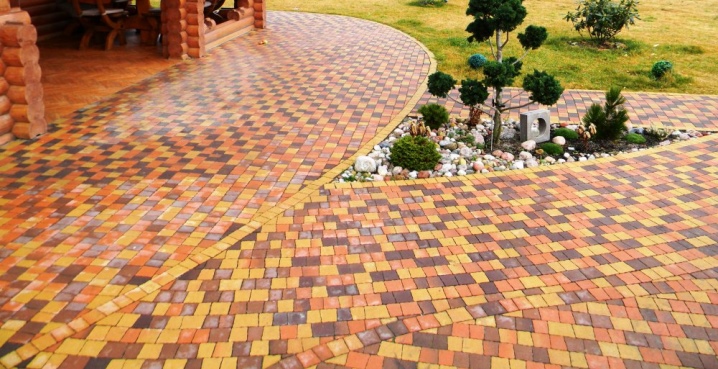
It is necessary to determine what is better to lay paving slabs on before starting work - the choice of a base is very important for further successful operation. In some cases, you can do without capital support, use gravel and other materials. To figure out whether it is possible to lay paving stones on sand, concrete, when it is necessary to choose a certain type of base, an overview of all available options will help.

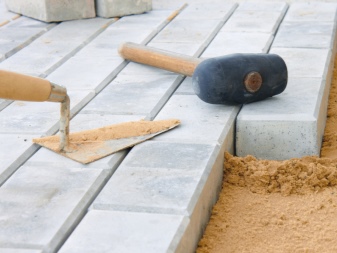
General rules
Regardless of whether the installation of paving slabs will be carried out on concrete, sand or a sand-cement mixture, the main preparation process will remain unchanged. To carry out work at this stage, you will need measuring tools (tape measure and level), a grinder for cutting tiles, a mallet and a hammer, a spatula if you have to put mortar, a shovel and a rake.
When concreting, mechanization of the preparation of the mixture will be useful; for dry laying, it is necessary to stock up on a special rammer.
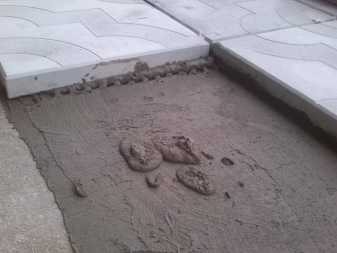
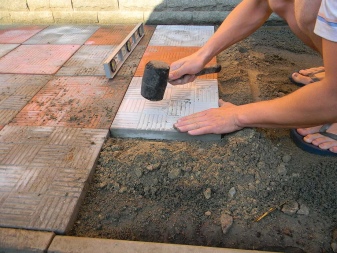
The tiles are laid in stages.
- Excavation... They begin with marking the site with stakes and cords, the top layer of soil inside the marking is removed by about 25-35 cm. The trench is cleaned of debris, roots, leveled with a shovel, especially loose soil is strengthened with rubble, and rammed. The bottom is lined with geotextiles to protect against grass sprouting, tightly fixed with an overlapping adhesive tape.
- Drainage cushion formation... A sand cushion up to 60 mm thick should be poured onto the bottom of the prepared ditch, compacted and spilled with water. On top of it, with a layer of 100-150 mm, crushed stone of the middle fraction is poured. The pillow is compacted, spilled with water.
- Waterproofing... The drainage must be covered with a waterproof material so that moisture from the soil does not erode the tiles. To do this, dense polyethylene is laid on top of the crushed stone layer, preferably in one piece, or connected along the seam with a machine, followed by gluing the joint area with adhesive tape. The laid waterproofing is sprinkled with sand.
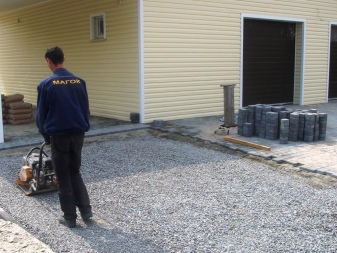
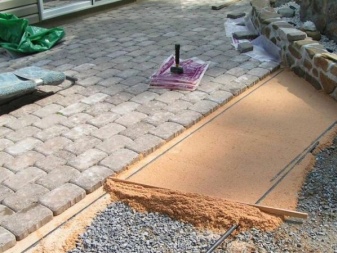
When purchasing materials, it is important to add 10-15% to the standard volume. This will ensure an adequate supply if there are errors in the calculations or some of the raw materials become unusable. The number of curbs is determined based on the size of the paving perimeter - it is divided by the length of the concrete element. For waterproofing, the most common plastic film of the maximum width is suitable.
It is important that there are as few seams as possible. The rest of the installation process depends on the choice of the base.
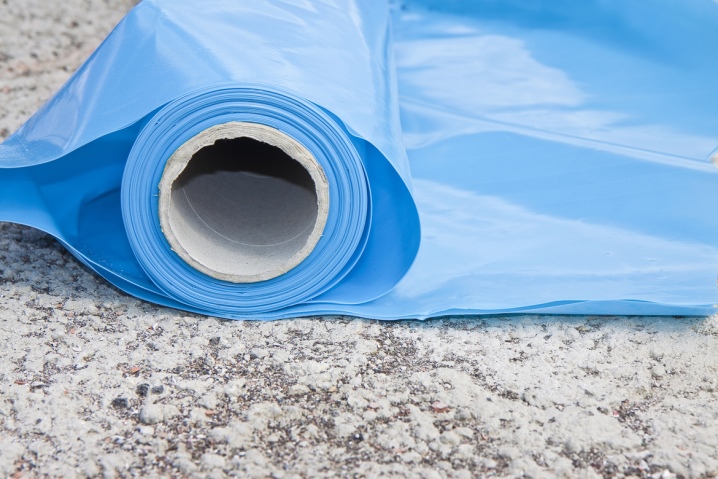
Features of laying on sand
To correctly lay paving slabs on a sandy base, following simple instructions will help. This solution does not require concreting and ensures a long service life of the paving stones, if the drainage and waterproofing have been arranged correctly. There is a specific procedure to be followed.
-
Sand preparation. The best solution would be a washed seeded version of bulk raw materials. It holds its shape better than regular quarry or sea sand.


- Backfill of the bearing layer. It must be at least 80 mm thick, otherwise the paving stones will not receive a stable base. When immersed, tile blocks are deepened by 30-50 mm. Backfilling is carried out gradually, in layers, up to 3 cm at a time, followed by tamping and pouring with water. This will remove voids and seal the base.
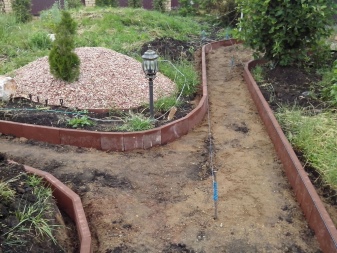
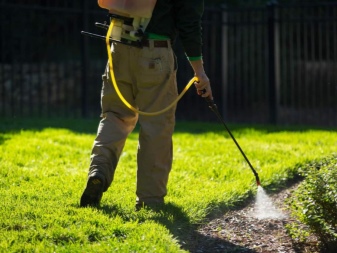
- Rammer... Each layer is separately compacted, but the finished base also needs to be properly rolled.Then it is leveled with a board or rule.
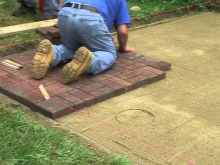

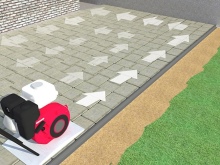
- Installation of tiles. It starts from the edge, moving forward, in rows. The material is knocked down to the level with a mallet. At the end, curbs and gutters can be installed around the perimeter of the site, which are responsible for collecting and draining water.
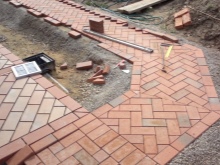
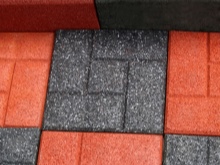
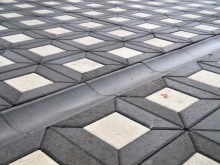
It is important to take into account that the installation of the tiles begins after the sandy base dries out, otherwise the finished coating may have height differences.
How to lay on a cement-sand base?
You can make a solid foundation for paving slabs without concreting using the so-called delayed site option. It is made from a mixture of M600 cement and sand in a ratio of 1: 3. The ingredients are thoroughly mixed. Work is possible only in dry weather, preferably on a calm day.
On top of the drainage base and waterproofing, a dry mixture is laid in layers. The thickness of the backfill should not exceed 20 mm at a time with a total height of the pad of 60 mm. Each layer, except for the top one, is carefully compacted and leveled. The last layer does not need to be compacted.
The tile is laid out immediately as the base is formed. If the cement-sand mixture comes into contact with moisture, the hardening process will begin. Once the entire base is covered with tiles, the surface is spilled with water. It remains to wait until the reaction passes, the dry mixture turns into an artificial stone. After that, the tile can easily withstand even significant loads.

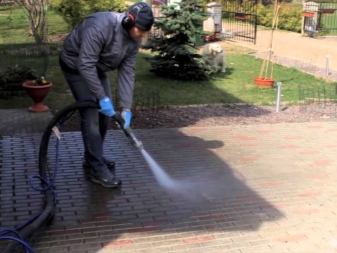
When to install on concrete?
The need to lay paving stones on a solid concrete base arises quite rarely.... The exception is various decorative tiles, porcelain stoneware for facing terraces. Here, a solid foundation will come in handy. For heaving or weak soils, it is also better to lay the tiles on a concrete monolithic slab.
You can determine the thickness of the fill layer based on the purpose of the coating:
- 60 mm - for footpaths;
- 100 mm - for functional areas;
- 150 mm - for car parks, parking lots, driveways.
Concrete gains strength up to 25 days. During this period, you cannot walk on it, otherwise violate the integrity. For casting, a formwork is built in the shape of a platform made of wood-based panels, plywood or edged boards, metal or plastic options are also acceptable. Its elements are fastened together with stops.
The formwork is removed no earlier than the 5th day after the concrete is poured.
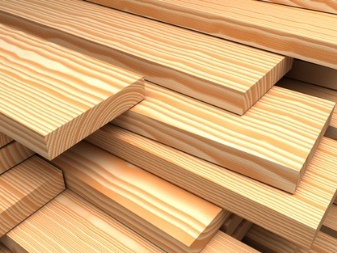
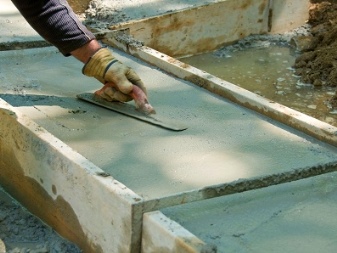
The inner part of the future base must be reinforced with metal or fiberglass rods, tying them in squares into a grid with cells of 10-20 cm.Lighthouses are placed over the entire area of the future coating - the interval in length and width should be 200 mm. They are fixed with cement mortar.
Before pouring concrete, transverse metal, plywood or plastic stops are placed in the formwork. They are removed after the mixture has hardened. Such a measure is necessary so that there is room for the concrete base to compensate for thermal expansion. The solution is prepared right on the spot in portions, poured from the corners, gets rid of bubbles, then ironed with a wide spatula and the rule with the removal of excess.
3-4 hours after pouring, the concreted surface is covered with a dense cloth. The awning is kept for 7 days, moistening it daily so that no cracks appear on the concrete. After the final hardening, the formwork and beacons are removed, the tiles are fixed on a special glue or solution.
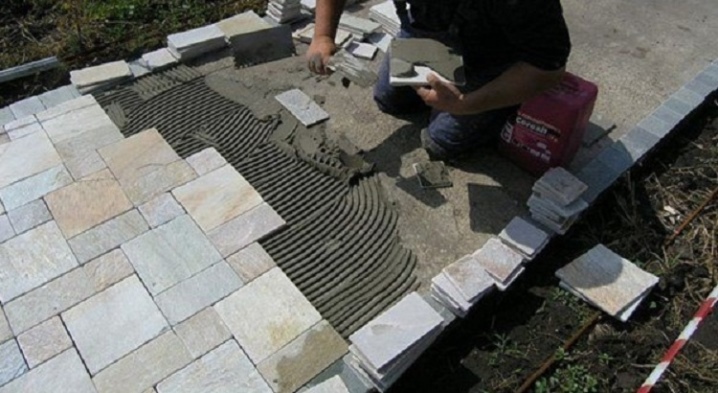
Can you put it on earthen soil?
Disputes about whether paving stones are laid on open ground have been going on for a long time. In fact, this practice is not too rare. But the lack of sufficient drainage can lead to the accumulation of water on the coating, and the tile itself will deform, crack, and lose strength. This is especially true for concrete products - molded or pressed, but such dangers do not threaten paving stones made of natural stone.
In the absence of other options, laying tiles on a ground base is quite possible, but subject to a certain installation technology, which contains several stages.
- Project creation. It will include a plan-diagram with the calculation of the amount of material, coverage area.
- Markup... It is carried out using wooden pegs, helps to accurately mark the boundaries of the paving. A linen or nylon cord is pulled along the perimeter between the marks. It is important to position it so that the resulting line indicates the slope of the base and its height. You will have to rely on this level when installing the material.
- Site preparation. The soil is removed over its entire surface to a depth slightly less than the thickness of the tile. The bottom is rammed with a special device for rolling the soil, spilled with water. The base is leveled with a slope to allow natural drainage of water.
- Installation of the coating. It is carried out in a direction away from itself, moving forward along already paved areas. Density of packing is ensured by a mallet. The extreme row is leveled, the lumen is filled with previously removed soil.
- Backfill... All gaps between tiles must be filled. The optimal material for this will be sand, which compensates for possible deformations.
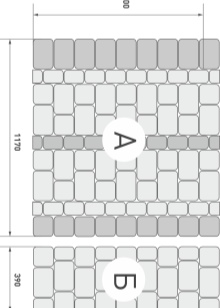
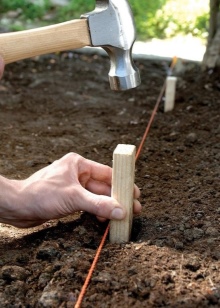

It is important to take into account that laying tiles in the ground is possible only in dry, clear weather.
If this rule is violated, the likelihood of subsidence of the laid paving stones will increase significantly. The lack of a drainage system when installing tiles directly on the ground will not be a problem in regions with low rainfall. In all other cases, it is better to provide a slope, lay gutters.
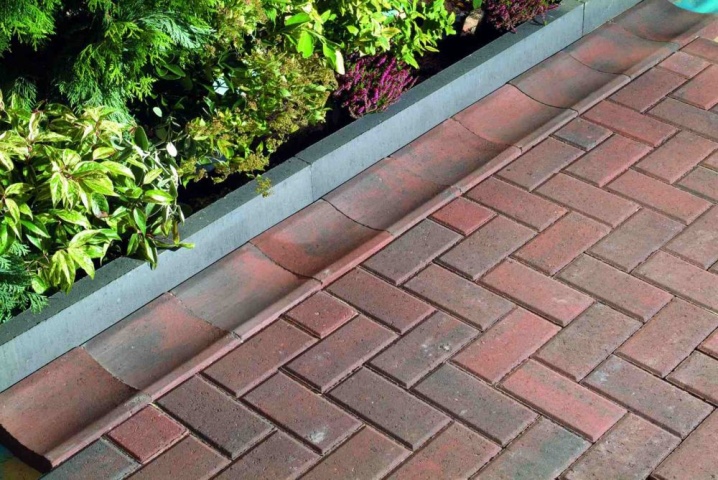
Recommendations
Choosing paving slabs as an element of finishing the space near the house, you should pay attention to what type of base will be the best solution in a particular case. The paving stone has a high decorative effect, long service life, and is suitable for paving paths, parking areas and driveways. With its help, landscaping of areas in the yards is carried out.
Tile installation is a process that requires careful planning. You have to provide for everything, break down the work into stages, choose the right materials.
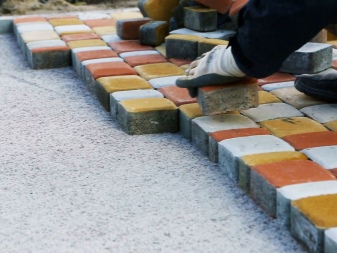
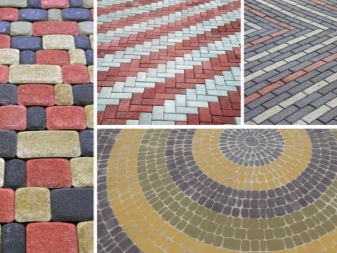
To understand on what basis it is better to lay paving slabs, it is worth taking a closer look at the advantages and disadvantages of different options.
- Sandy base... In this capacity, fine screenings with a total thickness of about 200 mm can also be used. Laying is done directly on a compacted base. The sand cushion is suitable for the installation of large-format tiles, its own bearing capacity is already quite high.
- Cement-sand dry mix. There may be a crushed stone pillow below. This type of subfloor is suitable for laying medium-sized paving stones for people or vehicles. This is a good option for arranging paths, paths, access roads, landscape design.
- Concrete... The laid blocks or slabs are fastened with a mortar with paving stones. A capital foundation is necessary if laying is done on heaving, weak or swampy soil. In addition, a rigid concrete base is required when laying thin tiles that cannot withstand significant loads on their own.
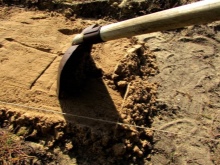
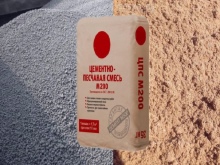

Considering all these recommendations, you can figure out how to find a suitable base for paving slabs, get a finished paving stone coating that will last for many years. Comparing different options directly is difficult. It is imperative to take into account the dimensions of the tiles, as well as the conditions for their subsequent operation, the intensity of the loads. This will allow you to pick up a base that will not sag in a few months.













The comment was sent successfully.